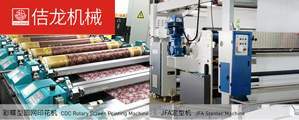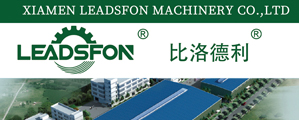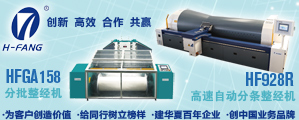The Textile Colours business is growing as a result of consumer demand for textiles in a variety of applications
Jul 05, 2023 | by Zhong Mengxia
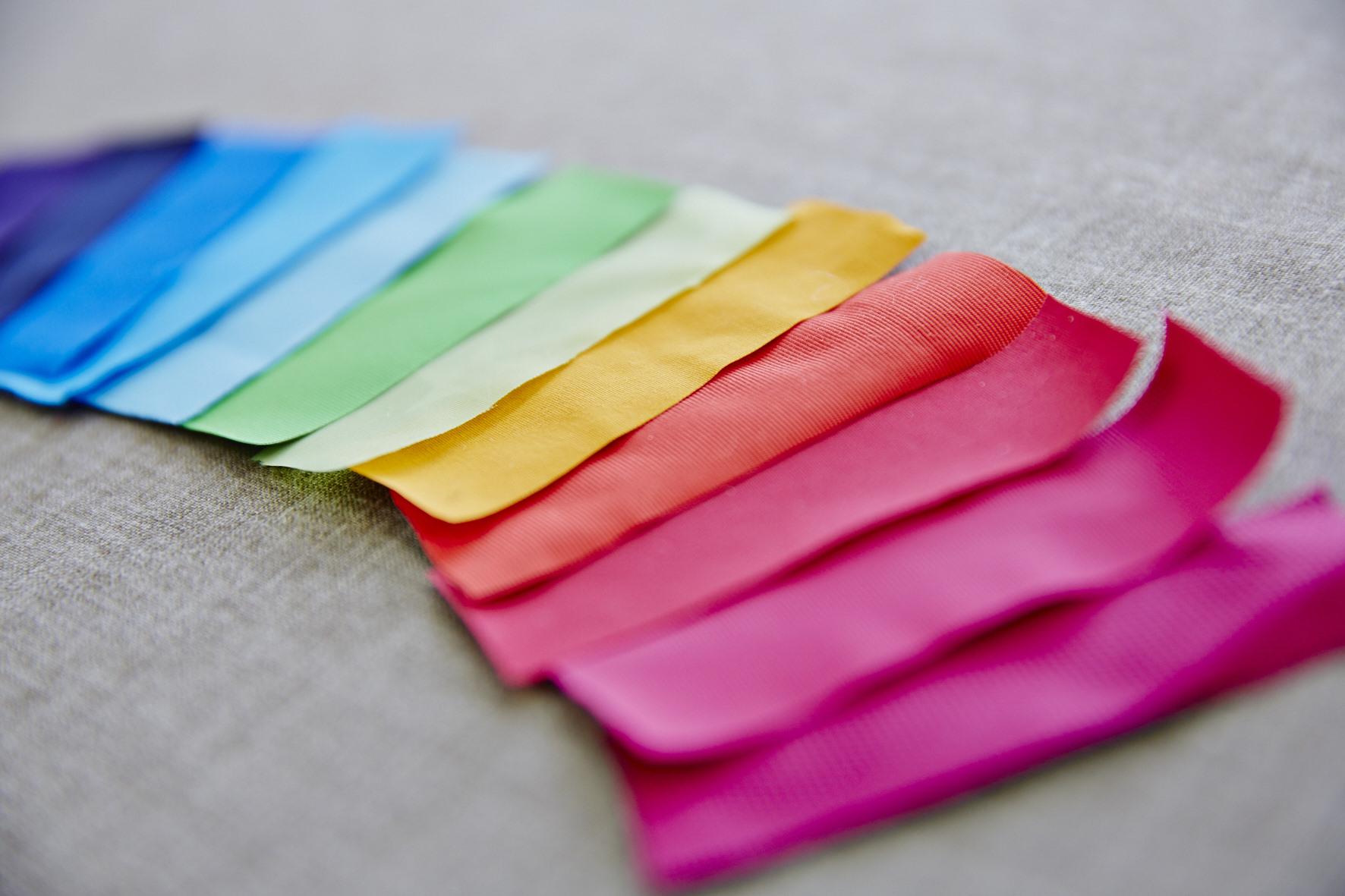
Newly-released Textile Colors Market analysis report by Future Market Insights shows that global sales of Textile Colors Market in 2021 was held at US$ 5.8 Bn. With 6.2%, the projected market growth during 2022 - 2032 is expected to be significantly higher than the historical growth. Direct Dye is expected to be the highest revenue-generating segment, projected to grow at a CAGR of over 6.2% during 2022 – 2032.
Revenue of Textile Colors Market from 2015 to 2021 Compared to Demand Outlook for 2022 to 2032
As per the Textile Colors Market research by Future Market Insights - a market research and competitive intelligence provider, historically, from 2015 to 2021, the value of the Textile Colors Market increased at around 5.6% CAGR.
The Textile Colors business is growing as a result of consumer demand for textiles in a variety of applications. Furthermore, cheaper raw ingredients and labor have been fuelling the spread of Textile Colors. The increased environmental pollution due to toxic dye chemicals such as arsenic, lead, and heavy metals has had a significant impact on the market revenue in the recent past.
Furthermore, the market expansion is hampered by the enactment of various health and environmental limitations on the use of Textile Colors. Furthermore, textile dyeing operations need a significant volume of water as a solvent, resulting in water waste, which is a limitation due to water scarcity. The development of innovative strategies for reducing water waste is likely to offer a significant growth opportunity.
What Factors are Propelling Textile Colors Demand?
Textile Colors are extensively used as colorants in the garment industry and are expected to be the market's fastest-growing category during the forecast period. Dyes absorb and reflect light at certain wavelengths, allowing the human eyes to see colors. Besides, they also improve the visual appeal of the materials.
The demand for aspirational clothes has increased in the recent past, which is expected to strengthen the Textile Colors market in the forthcoming years. On the other hand, synthetic dyes are harmful to the environment since they are not biodegradable and need a large amount of water to manufacture. Environmental laws influence the manufacture of synthetic colors due to their large carbon and water footprint.
The global clothing market has risen at an astonishing pace in recent years. It is projected that the garment business will generate US$ 445 Bn in revenue in 2022, up from USD$ 343 Bn in 2019. Furthermore, market revenue is expected to reach USD 681 Bn in 2025, growing at a 7.3% CAGR from 2021 to 2025. As a consequence, the aforementioned elements are expected to have a significant impact on the textile dye business in the forthcoming years.
What role does the organic trend play in stimulating demand for Textile Colors?
The need for organic dyes for environment-friendly textiles and apparel is propelling the growth of the Textile Colors industry. Companies are increasing their investment in research and development to produce more environmentally friendly dyes as environmental concerns about the usage of synthetic dyes rise.
Plant-based dyes are environmentally friendly since they generate no waste, have increased UV absorption in the fabrics they are used on and are long-lasting. The consequence is that large textile manufacturers are incorporating them into their production processes. Moreover, since natural colors use less water, they contribute to less pollution.
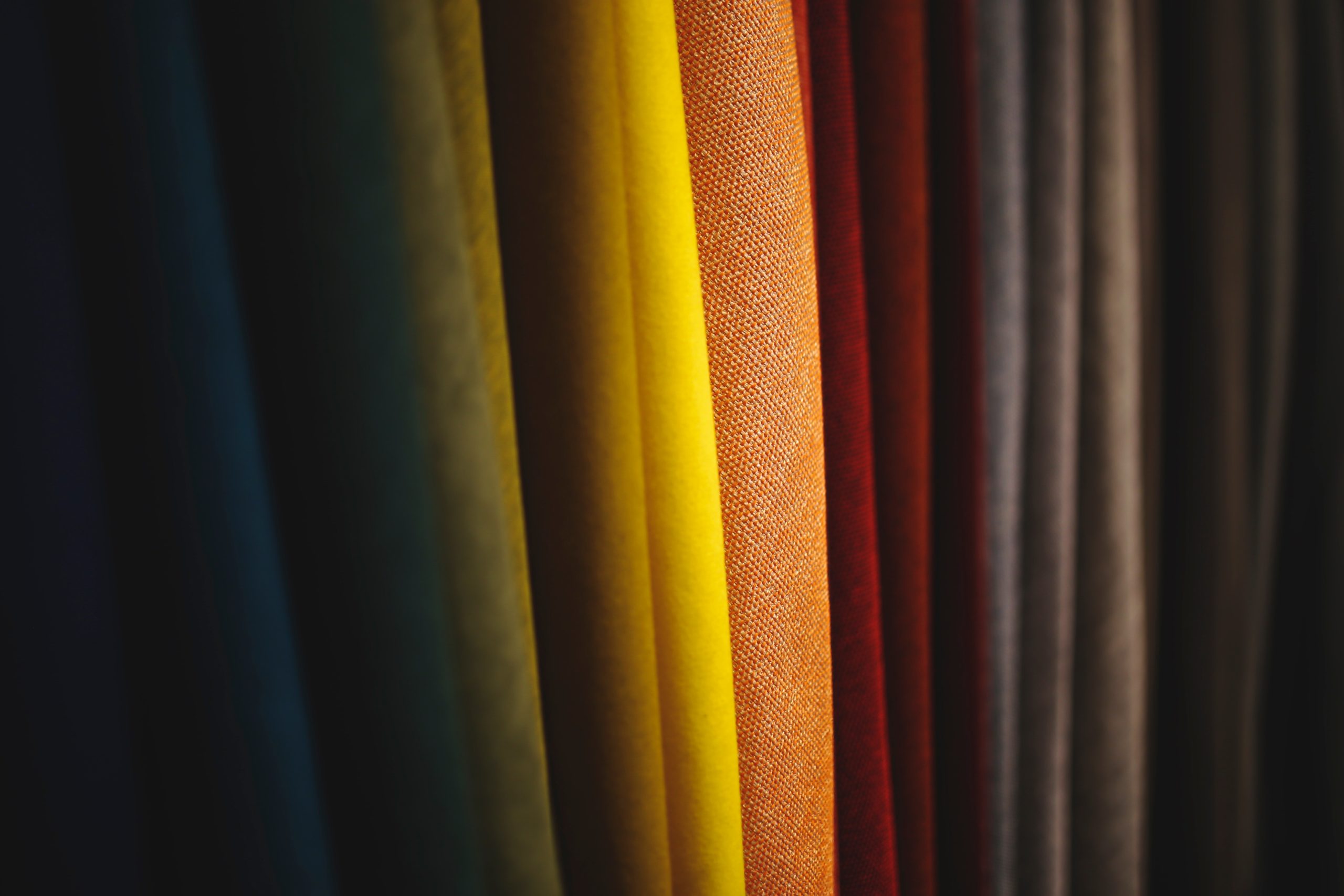
Which Region is projected to Offer the Largest Opportunity for Textile Colors Market?
During the projection, the Asia-Pacific is anticipated to lead the Textile Colors market due to rising demand from India and China. Together, China and India account for over 40% of the world's populace. The growing population will boost garment consumption, which will improve the textile industry's revenue during the forecast period. According to the National Development and Reform Commission, domestic sales in China amounted to over US$ 171 Bn during the past 11 months of 2019, an increase of roughly 3% from the previous year.
Additionally, with an annual increase of 9.5%, textile and apparel exports of China were valued at roughly US$ 291.2 Bn in 2020, boosting the textile dye demand in the country. Based on the findings of Ministry of Textiles of India, the Textile Industry in India generated more than US$148 Mn in income in FY2019, representing a 3% increase over the previous year, which raised the demand for Textile Colors market.
According to the Japan Statistics Bureau, the sales value of textile wholesale in Japan in 2019 was US$ 27 Bn, with a reduced rate of around 3.5%. As a result of these factors, the linen dye market is predicted to significantly degrade in the following years.
Which Country Lies at the CenterStage for Textile Colors Market Revenue?
The Textile Colors market in the United States is predicted to be worth US$ 3.7 Mn by the year 2032. North Carolina is the heart of the cotton and textile industry in the United States. The state is also making use of dyeing technologies that reduce water consumption by 90%, energy consumption by 75%, and the use of auxiliary chemicals by 90%. With this, the Textile Colors market in the country is expected to rejuvenate in the forthcoming years.
What is the impact of Covid-19 on the Textile Colors Market?
COVID-19 had a negative influence on the Textile Colors market in 2020. Given the pandemic situation, clothing and apparel manufacturing operations were temporarily halted, resulting in a drop in the production of wearable clothes. According to Eurostat, between January 2021 and January 2020, the output of wearing garments fell by 24.4%, consequently reducing demand for the textile dye industry.
However, demand for home and healthcare textiles has expanded dramatically during the current scenario, owing to increasing demand for hospital textiles, such as bed sheets and gowns, as well as an increase in people's choice to stay at home, boosting demand for the market analyzed.




